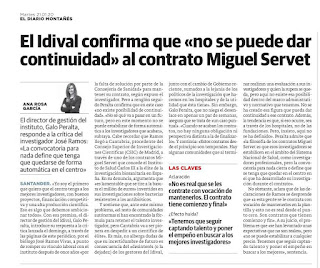https://www.nature.com/articles/s41598-021-03581-5
Allergenicity to worldwide invasive grass Cortaderia selloana as environmental risk to public health
Fernando Rodríguez, Manuel Lombardero-Vega, Lucía San Juan, Leticia de las Vecillas, Sofía Alonso, Eva Morchón, Diego Liendo, Marta Uranga & Alberto Gandarillas
Scientific Reports volume 11, Article number: 24426 (2021)
Abstract
Allergies to grass pollen affects about 20% of the population worldwide. In the last few decades, the South American grass Cortaderia selloana (CS, Pampas grass) has expanded worldwide in a variety of countries including the USA, Australia and Western Europe. In many of these locations, CS has strikingly spread and has now been classified an invasive species. Many pernicious consequences of CS have been reported for local biodiversity, landscape and structures. However, the effect on human health has not been studied. To investigate this issue, we have chosen a European region on the northern cost of Spain where CS spread is overwhelming, Cantabria. We obtained CS pollen extract and analysed the allergenic reaction of 98 patients that were allergic to pollen of local grasses. We determined the skin reaction and the presence of specific IgE antibodies (sIgE) to CS or to a typical autochthonous grass, Phleum pratense. We also compared the seasonal symptoms with reported grass pollen counts in the area. The results strongly suggest that CS can cause respiratory allergies at a similar extent to the local grasses. Given that CS pollinises later than the local grasses, this would extend the period of grass allergies in the region for about three months every year, as stated by most of the patients. This is the first study reported on the effects of the striking expansion of CS on human health. Considering the strong impact that respiratory allergies have on the population, our results suggest that CS can currently constitute a relevant environmental health issue.
 En la radio:https://www.listennotes.com/podcasts/radio-santander/el-plumero-problema-osLb2OumNRB/ En la prensa: https://www.google.com/search?client=firefox-b-d&q=plumero+valdecilla+salud
En la radio:https://www.listennotes.com/podcasts/radio-santander/el-plumero-problema-osLb2OumNRB/ En la prensa: https://www.google.com/search?client=firefox-b-d&q=plumero+valdecilla+salud












